Erwin Kerkhof, sustainability advisor at Real Estate, emailed us about the beaver traces around the campus, after a tip from Jos de Bruijn of the IVN, Institute for Nature Education and Sustainability. “We prefer not to say exactly where the beavers are,” De Bruijn says. "Then people may start looking for them and that disturbs the animals." But it is clear that they are present, judging by the photos of their creations.
Read on on below the photos.
“The nice thing about the beaver is that it behaves like a nocturnal animal,” De Bruijn says. This reduces the risk of disruption. The IVN has night cameras with which the beaver can be monitored without disturbing him. “Once we have observed this case for longer, we can say whether it concerns one or a couple,” De Bruijn says. “The beaver we've seen so far seems to have a bite out of the left part of his tail, as if it had been fighting. It is therefore uniquely recognizable. The animals are very territorial, so it is not likely that two males or two females live together.”
Some background information tells us that the mating season is in January and February. Perhaps we will see some horizontal tango in De Dommel after Christmas, because the animals mate in the water, belly to belly. Little ones may be expected about 107 days later. But we are not there yet, it will first have to become clear whether or not it concerns a couple, living around campus.
Beavers released into the wild
What would happen if the beaver starts gnawing off everything on campus, has not yet been decided. It is a protected animal to begin with. In the late 1980s, several beavers were released in the Netherlands to continue reproducing, because it has been an endangered species for years. A few years ago, the first beavers appeared around Eindhoven and now they are also at the TU/e campus. “I’m sure they had a beaver lodge on the Nuenen bank at some point, because I saw that myself,” De Bruijn says.
The fact that the beavers are good gnawers clearly shows from the traces with fresh white gnawing remains, as well as their huge teeth. Kerkhof has informed De Dommel water authority, because if trees are gnawed off and fall over, into De Dommel, it is not so pleasant for the water authority. “I am still awaiting their response. But I like to show that in addition to many buildings, our campus also houses all kinds of special plants and animals. We may be proud of that, here in the middle of a city. We are working on this at Real Estate. For example, we are also working, in collaboration with the IVN, on a number of permanent walks on campus, one of which is specifically focused on nature and biodiversity.”
A few weeks ago, landscape architect Paul Achterberg, who made the landscape vision for the campus for the upcoming twenty years, emphasized the unique character of the area. Achterberg: "Where else in the Netherlands can you find a campus this close to the city with so much greenery, and with such a fantastic small river like the Dommel? TU/e has struck gold with that, and it should stay that way.”
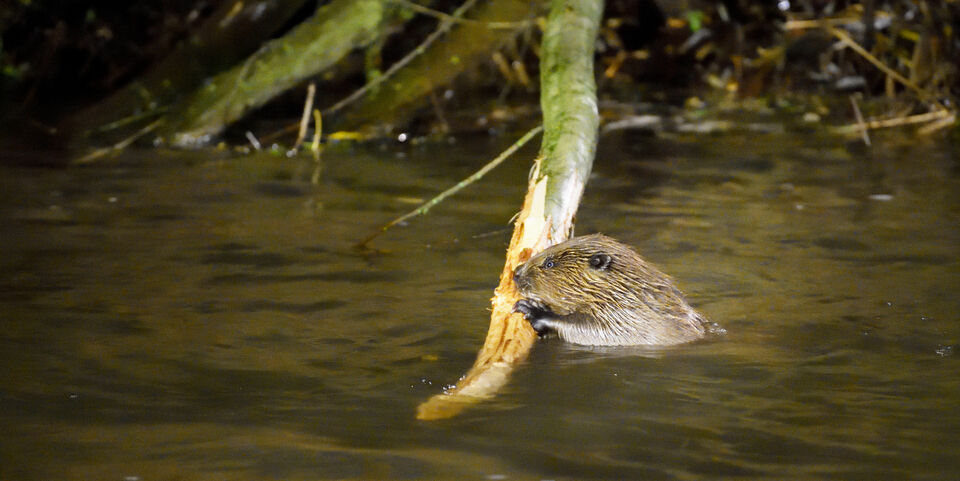

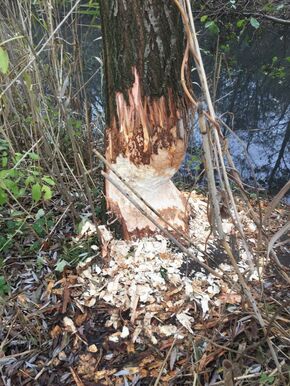
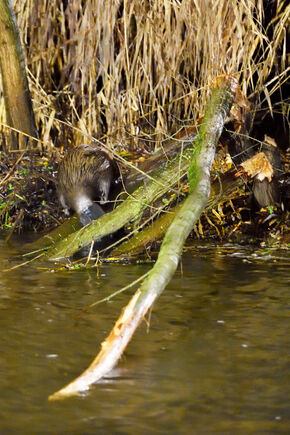
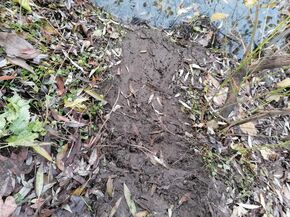
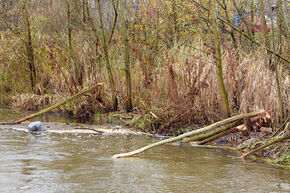
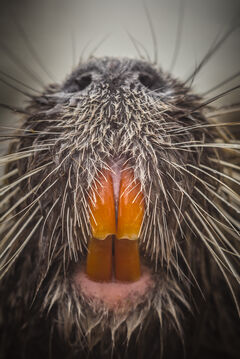
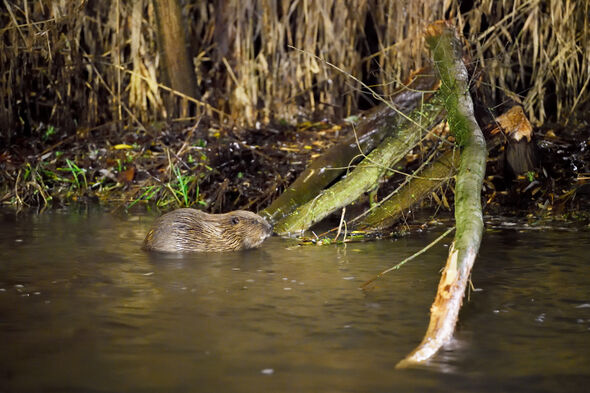
Discussion